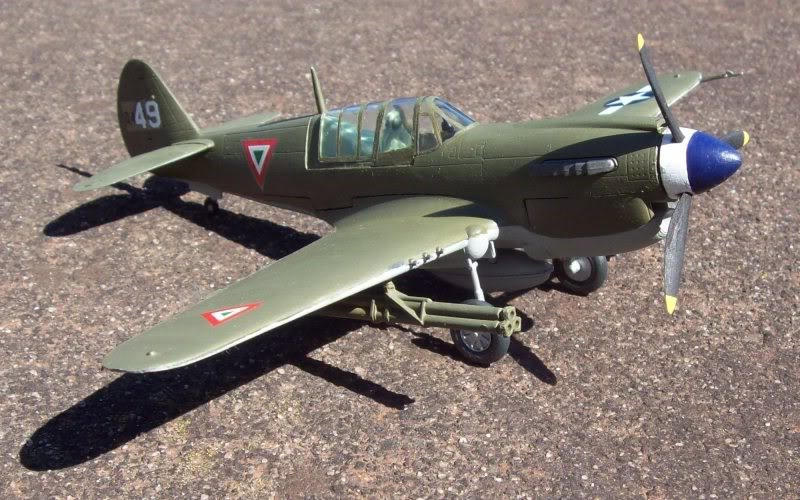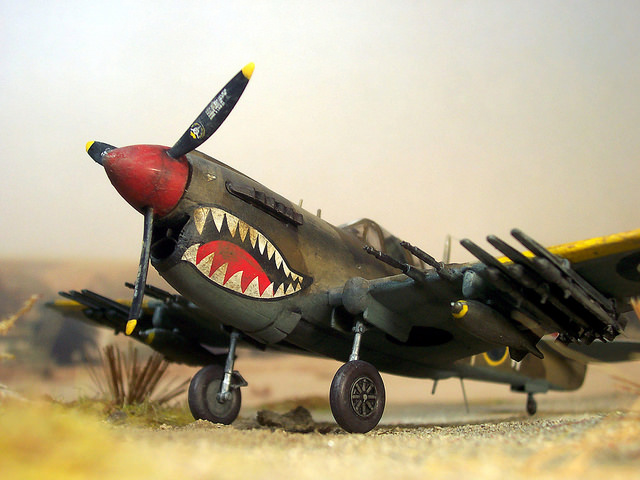What are these ATL political ideas ? Ironically, they're rather liberal-democratic and centrist, rather than an extremist ideology. One of the themes in my take on a
Crimson Skies like setting is that good intentions and genuinely good concepts can be abused to evil ends by the wrong sorts of people, as a recurring issue of modern history. In the late 1800s, politics in ATL Austria-Hungary gradually become more dominated by a pro-regional development, pro-equality faction of mostly young MPs, and they build up their success over time. It's a heavily regionalist political-social philosophy. This has large repercussions on the decades ahead, when A-H is more even developed and a bit richer on average, but at the cost of various regions getting more secessionist over time, especially prior to and during WWI. Once Austria-Hungary still falls apart, despite its best efforts - which quickly turn to trying to keep the monarchy together by violence - there comes a period known as the Disunion Wars.
After the dust settles, there's plenty of A-H and other successor statelets dotting central Europe, each with an
increasingly independent-minded policy and unwillingness to rejoin others. A "be careful what you wish for" scenario. The regionalist policies helped lift many regions from poverty and modernize their infrastructure (to the point that
they could survive alone if they went independent), but they also
encouraged said regions' self-confidence, to the point
they decided to strike it alone once things fell apart for the Habsburgs. *
cue the Crimson Skies theme* Even in Austria proper and Hungary proper, there is balkanization. (For instance, Horthy tried to build a quasi-monarchical dictatorship as in OTL, but he's got some uppitty rebels in various border regions of the country, who no longer want to listen to the navyless admiral in Budapest.)
The successor statelets of central Europe found a military alliance of convenience during and after the breakout of the ATL WWII, and after they manage to oust the invaders and help the western Allies with winning the war, they opt to begin a post-war reunificaiton process. The smaller countries were crippled by the ravages of the second world war (differently to OTL, but still rather intensely), so they bury the hatchet, many give up their shaky sovereignty and unify into newer, bigger countries, all under continuing or newly-established democratic governments. The
Visegrad Union, a regional cooperation block, is eventually formed, as are its branch organizations, including the Visegrad Defence Pact (a proper implementation of the improvised wartime alliance between the older states). By the early 1950s, central Europe is stabilised, and the VU consists of five member states (some would say seven... look, Poland's situation is complicated, okay ?).
In a final irony, after a post-war economic crisis that lasted a few years during the 1950s and left some less-developed regions more vulnerable to unemployment, part of the previously sidelined regionalists split off and started their own wing of the movement. A more radical movement, that claimed the new post-war direction of central European politics neglects those tried-and-true regionalist policies of yore. (Not a hollow claim, as they did really work for a number of decades, and mostly brought positive things for ordinary people and regional self-esteem.) Then one part of the "radical regionalists" who think these "Splittersss !!!" are not radical enough, get thrown out of the split parties for holding and spreading extremist views (e.g. "Time to arm ourselves, topple these new nation states, and bring back the One True Regionalism of our dads !").
The extremists shush down for a while, but soon, there are news of mysterious armed militias popping up in the more economic-issues-stricken regions, kidnapping people, performing bomb attacks, shooting up police, local government and services employees, and recruiting disaffected people (easy targets - mainly the young, and productive age men,
duh) to their...
ehem, "cause". Things get reminescent of OTL 1960s to 1990s Northern Ireland and other similar conflicts, and police have to be soon aided by the armed forces in certain locations. (These similarities are not helped by findings that the balkanized former Russian Empire, divided into constantly fighting nationalist and communist states, have been peddling weaponry to central Europe, á la OTL dictators of the past and present had to terrorist movements in Europe.) Long story short, ATL young Andrássy, who accidentally invented A-H regionalism of the late 1800s along with his even more systematic colleagues, would be face-palming hard if he ever heard of what post-WWII regionalist extremists turned his ideas into.
These 1960s-1980s events, aside from pointless destruction, loss of lives, and traumatisation of society, sadly almost discredit classic moderate regionalists for a few decades. The upside is that this does not last forever and they eventually bounce back, partly through following the changing issues of the day, partly through disassociating themselves completely from either the "just-MPs-honest" radicals nad the gun-toting extremists. In a fitting irony, said gun-toting extremists devolve into a mob following disparate ideas cribbed from anarchists, the far-left, far-right, and in one or two cases, even milleniarian charismatic cults. Speaking of which, by the 1980s, no one takes the armed extremists seriously anymore, and most such terrorist militias are little more than
cult-like groups (sometimes with vague lipservice to the original political ideas they supposedly wanted to defend, but none of them are democratic-minded, unlike ordinary regionalists). It takes years to deal with this problem of domestic quasi-regionalist extremism and terrorism, in terms of social and economic policy,
civic activism and law enforcement operations. Once the movements are defeated, some of their former members that gave police the slip turn to gun-running, drug dealing and other organized crime, and cleaning up their remnants takes until the mid-to-late 1990s. In the ATL 2000s, a 140 MPs-strong ATL parliament of an ATL Slovak Republic looks like
this. Note that the parties and their focuses are not quite like the parties of the OTL 2000s (there are a few similarities, but it's clearly the result of a different 20th century and PODs that go back to the second half of the 19th century).
By the end of the 20th century and the beginning of the 21s century, the Sparrow Avengers timeline is entering the new millennium on a fairly high note. Their timeline is as imperfect as our's and the earlier decades were arguably even rougher for some countries than in OTL, but there was no totalitarian occupation of central Europe as in OTL (not much beyond shorter occupations during WWII), countries had more time to develop democratic traditions (both regionally in the interwar period and especially on a national and macro-level in the peaceful post-WWII years), many talented people or whole ethnic communities lost in OTL European tragedies were saved at least 50:50, or more, in the ATL. European integration has been both slower and faster. There's less of a pan-European integration effort after WWII, at first, but many parts of Europe created their own integration blocks (such as the aforementioned VU in central Europe), for socio-economic, but also military and research-and-culture integration, and by the early 21st century, these blocks start cooperating and eyeing wider long-term cooperation treaties. (It's like making a lot of little BENELUX-es and little EU-s, then eventually integrating them together, at least in international cooperation. A different to OTL but still effective approach.)
China was nationalist and authoritarian for many decades, and while not perfectly democratic, they've democratised by the 1980s and 1990s and are more of a worthy rival to Europe and a re-emerging North America. (The US had gotten its crap together by the 1970s, around the time some provinces of Canada were finally talked out of not respecting the central government.) A similar thing occured in ATL Russia, where the exhaustion of their already dated economies led to growing civic revolts and the toppling of the White and Red "provisional" governments that had been in power in various forms since the 1920s. It's part Autumn of the Nations, part the Carnation Revolution or People's Power Revolution. Decades later, though there are populist and demagogue forces in Russia, there is no popular "We must expand to the near-abroad, we are a superpower !" notion in Russia, as that died already in the 1920s and 1930s with the fall of the long-dead empire. ATL Russia is, ironically, reminescent of a developing India, Brazil or South Korea, as they are trying to catch up with the rest of the world (before the democratic revolution, they made OTL late 1970s rural Ireland look downright
futuristic), and genuinely trying to build democratic institutions, instead of trusting yet another strongman. (Strongmen had failed them since the late 1910s, over and over again.) Unlike in OTL, there are also no "let's suspend parliament and shoot it up with tanks" antics á la the Soviet old guard or Yeltsin. Oh, and while Korea has developed a bit slower than in OTL, the whole peninsula is still united... and the domicile of a certain character who appears in an unrelated series of cross-timeline stories by me. She's from TL-37 - yes, that's the Sparrow Avengers TL - and OTL is supposedly TL-75.
(Thing is, when I started tinkering with these ideas in the late 2000s, they seemed like quaint fantasies. Nowadays, with certain countries at the edge of Europe setting up puppet regimes as recently as the 2010s, and fuelling largelly astroturf separatism, or people abusing various channels to spread division and pointless polarisation, it's become more eeriely topical than fifteen years ago. To the point I'm kind of annoyed, because now it feels I'm jumping on some current events bandwagon to appear all "hip" and whatnot, when the actual truth is that I don't want to do such a thing. Given the "Northern Ireland-like situation" in ATL 1960s-1980s central Europe, and plenty of other stuff, I'd say I'm aiming for something more timeless and applicable. It doesn't copy OTL, but plenty of developments would seem familiar to us. Some would seem better than OTL, some worse, and the end result would be a TL both familiar and alien.)





